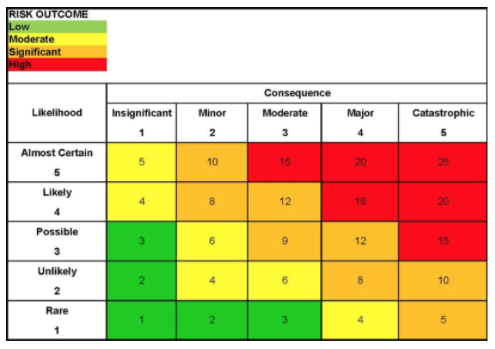March 30, 2020
Crisis Communications Tips: Issues Management & Risk Assessment
Issues have the potential to evolve into crises, which can significantly impact an organization’s reputation and success. At Yulu PR, our approach to crisis communications and issues management is anticipatory and strategic, identifying potential issues in advance and developing processes to help our clients detect and respond to issues as they evolve. In addition to considering communications strategies, our anticipatory issues management (AIM) approach considers means of building, maintaining and repairing relationships with stakeholders and affected parties, as appropriate. Below are some crisis communications tips to consider.
Our issues management sessions for businesses and organizations include:
- Discussing and rating issues in terms of priority (evaluating the level of risk it presents, in terms of immediate or long-term impact as well as the likelihood of occurrence).
- Discussing risk mitigation strategies and messaging.
- Identifying a path for escalation internally, and process for the dissemination of information – who needs to know, who should respond, how quickly does the public need to hear from us (if public-facing).
- Identifying media spokespeople/resources and discussing the need for media training.
Criteria for ranking scale of significance:
In evaluating risk scenarios, businesses should consider the following:
- What is the level of reputational or operational risk that this issue poses?
- Is it an immediate threat to the company’s reputation and ability to do business?
- Is it likely to lead to long-term reputational risk or have implications that will follow the company for a long time?
- Is there the potential for legal action resulting from the incident or issue?
- How likely is it to occur?
We can first assess the level of risk using a risk analysis matrix (see below).
- Severity: The impact of a risk and the negative consequences that would result.
- Likelihood: The probability of the risk occurring. In addition, we will want to consider if the risk is something for immediate or longterm contemplation given the current business rollout plans.
The typical classifications used are:
- Severity:
- Insignificant: Risks that bring no real negative consequences, or pose no significant threat to the organization or project.
- Minor: Risks that have a small potential for negative consequences, but will not significantly impact overall success.
- Moderate: Risks that could potentially bring negative consequences, posing a moderate threat to the project or organization.
- Critical/Major: Risks with substantial negative consequences that will seriously impact the success of the organization or project.
- Catastrophic: Risks with extremely negative consequences that could cause the entire project to fail or severely impact the daily operations of the organization.
- Likelihood:
- Rare: Extremely rare risks, with almost no probability of occurring.
- Unlikely: Risks that are relatively uncommon, but have a small chance of manifesting.
- Possible/Occasional: Risks that are more typical, with about a 50/50 chance of taking place.
- Likely: Risks that are highly likely to occur.
- Almost Certain: Risks that are almost certain to manifest

Interested in discussing issues management services, risk assessment communications, crisis communications & issues management tips or services in more detail? Send us a note at hello@yulupr.com.


